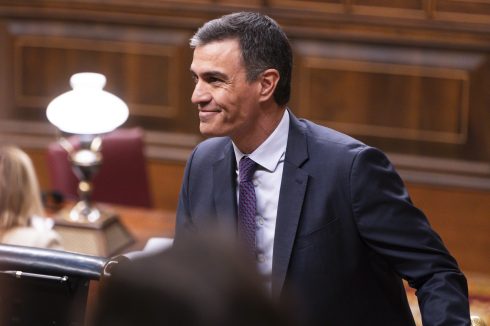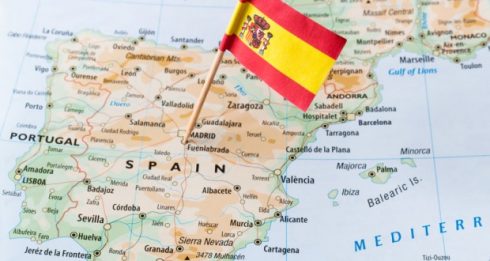AS a volunteer in the International Brigades that fought in Spain’s civil war, the unidentified black soldier in the photograph was one of the first Americans to die fighting fascism.
Now Spanish authorities want to identify him so they can present his picture to President Barack Obama when he visits Spain this Spring.
The black and white picture of the African American volunteer forms part of an extraordinary collection of civil war photographs that was bought recently by the Spanish state.
“All we know is that he arrived with the Abraham Lincoln Brigade of American volunteers and that he died in the battle at Brunete.”
“All we know is that he arrived with the Abraham Lincoln Brigade of American volunteers and that he died in the battle at Brunete [in July 1937],” said Sergi Centelles, whose father, Agustí, took the picture.
The soldier is one of more than 90 African-Americans who volunteered to defend Spain’s elected Republican government from a 1936 rightwing military uprising that sparked a three-year civil war.
Germany’s Adolf Hitler and Italy’s Benito Mussolini sent troops to back the rebel army of future dictator General Francisco Franco. Leftwing and anti-fascist volunteers from around the world joined Russians sent by Stalin to help defend the Republic.
Obama defended the concept of waging a “just war” in his Nobel Peace prize speech this month.
The New York-based Abraham Lincoln Brigades Association has scoured civil war archives to try to identify the man in the photograph, which was probably taken in February 1937. Two possible candidates have emerged: Milton Herndon, whose brother Angelo won a famous supreme court case against a sentence for “incitement to insurrection”, and aviator Paul Williams.
“It is one of eight or nine photographs my father took of the Americans marching through Barcelona,” said Agustí Centelles.
The photograph remained hidden for four decades after Agustí Centelles, known as the “Spanish Robert Capa”, fled Spain as Franco’s forces looked set to win the civil war in 1939.
“My father took his photographs with him in a suitcase because he was scared they would be used to identify people and carry out reprisals,” said Sergi Centelles.
The photographer used the suitcase as a pillow in a French refugee camp to prevent it from being stolen. He later moved in with a French family in Carcassonne, but had to flee again after the second world war broke out and the occupying Germans heard that he was using his camera to take photographs for false passports.
“The Gestapo were chasing him, so he walked back across the Pyrenees into Spain,” said Sergi Centelles. “He left the suitcase behind, telling the French family not to hand it over to anyone but him.
“It was passed down from the grandfather, when he died, to his son and then, when he also died, to the grandson.”
Agustí Centelles sent the French family a present every Christmas as a sign that he was still alive.
Spain did not give the photographer a passport until 1962, when the family travelled to Carcasonne to check the suitcase was still there. It was only in 1976, a year after Franco died, that he dared pick it up and bring it home.
It contained hundreds of civil war photographs, including one of writer George Orwell with a group of fellow international volunteers.
But, above all, it is this seminal photo that is going to become most famous. The question is: “who is he?”
“We have four or five names of possible candidates, but what we really want to do is to find his family,” says Sergi Centelles.








